
Neural Computation Group
The main research focus in the Neural Computation Group lies on the neural basis of spatial and episodic memory, navigation, and cognitive maps more broadly. We mainly explore these topics through mechanistic computational models of the circuits underlying these cognitive faculties. When possible the emphasis lies on biologically plausible implementations.
Systems-Models of Memory, Navigation and Cognitive Maps
A core aim of the group is to help improve our understanding of the system-wide integration of different neural representations in the hippocampal formation, such as grid cells, place cells, head-direction cells, boundary- and object-vector cells. Importantly these cells express allocentric neural codes, which must interface with egocentric neural representations elsewhere in the brain (ultimately derived from sensory inputs) in order to support the encoding and retrieval of memories. See, for instance, the BB-model of spatial cogniton and its predecessors for a current proposal. In this context we are also interested in how the neural machinery of spatial memory may be employed to support episodic memory and imagination, but also visual memory (memory guided eye-movements) and cognitive maps in abstract domains. Finally, the interaction of the various neural representations within the hippocampal formation as well as with extra-hippocampal areas during navigation is also a key focus of research in the group.
Head-Direction Coding and Retrosplenial Cortex
In a related line of research, the group aims to get a full understanding of the neural architechture underlying the head-direction system across species and the life-span, as well as its contribution to navigation and other forms cognition. Head-direction cells are found throughout an extended network of brain areas, including retrosplenial cortex. This area is also a key structure for long-term memory and an important component in systems-level models (see above). Thus this direction of research also intersects with the other research areas in the group.
The Subiculum
The third line of research centers around the function of the subiculum, for instance with regard to the coding of environmental boundaries. This area is often neglected in computational models of the hippocampal formation and has recently seen the publication of many important results that challange the old text-book notion of the subiculum as a mere output relay of the hippocampus.
Additional Research Interests
The group’s main focus lies on long-term memory, navigation and the hippocampal system. However, as PI I hold additional research interests, such as prefrontal executive control (specifically of memory recall), reinforcement learning, central pattern generators (vertebrate and invertebrate), cognitive or neuro-robotics, consciousness, and large scale brain models (à la Spaun). There is room to work on these topics (or other interesting computational projects) as a student or to collaborate with us on these topics.
-
Group Members
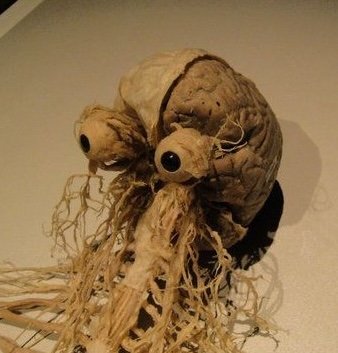
Andrej Bicanski
PI
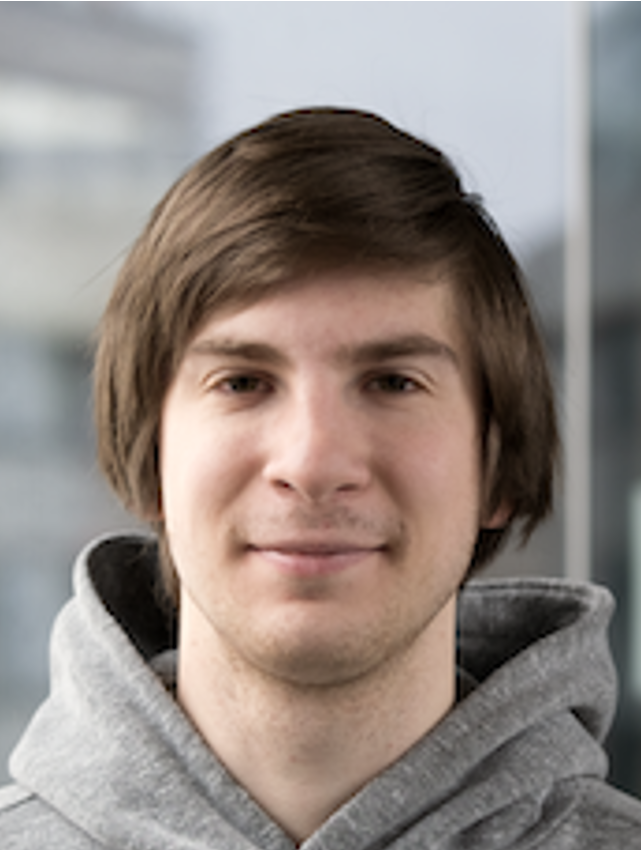
Alexey Zabolotnii*
PhD Candidate
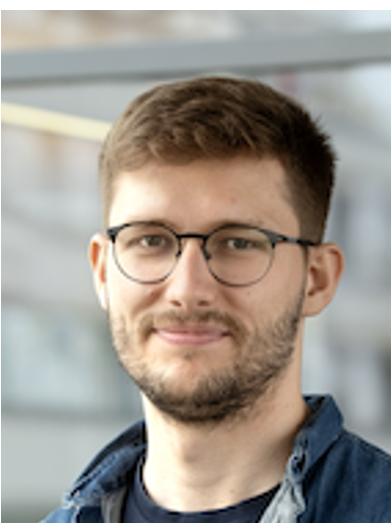
Viktor Studenyak*
PhD Candidate
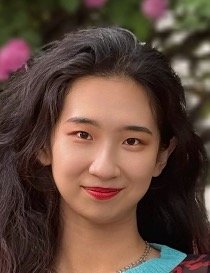
Fei Wang
PhD Candidate
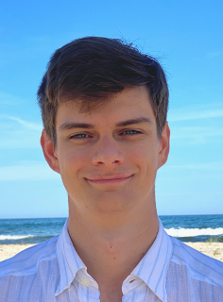
Daniel Carlstroem Schad
PhD Candidate
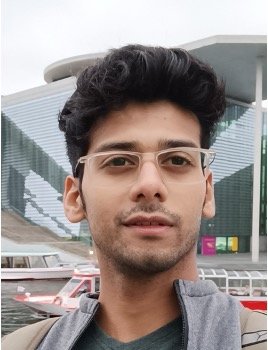
Atri Ghosh
Research Assistant
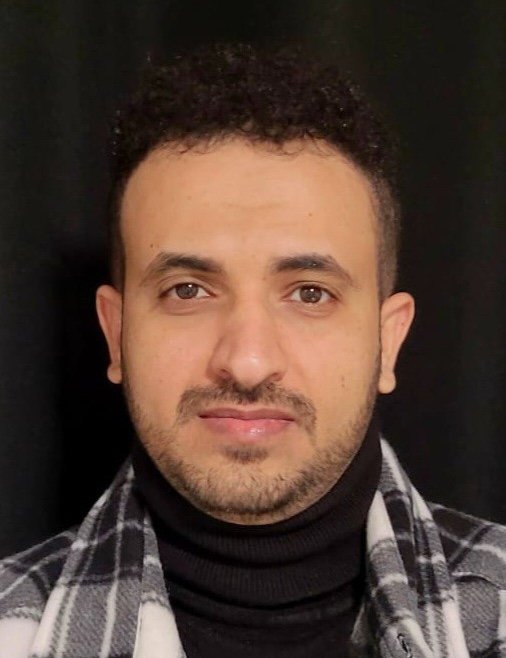
Qasem Al-Keldi
Master Student
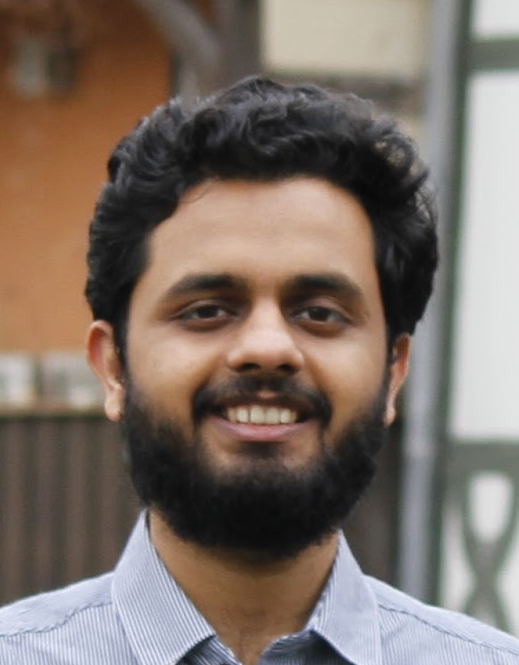
Shrey Dixit**
PhD Candidate
* also Doeller Lab members
** co-supervised with Caswell Barry (UCL) and Christian Doeller
External PhD Students
- Alessandro Pazzaglia (PhD Candidate - EPFL)
- Matthieu Bernard (PhD Candidate - DZNE Magdeburg)
Collaborators
- Christian Doeller, (MPI CBS)
- Auke Ijspeert, (EFPL)
- Lukas Kunz, (Bonn)
- Caswell Barry (UCL)
- Josh Jacobs (New York)
- Richard Kempter (Berlin)
- Cheng Wang, (Shenzen)
- Colin Lever (Durham)
- Thomas Wolbers (DZNE Magdeburg)